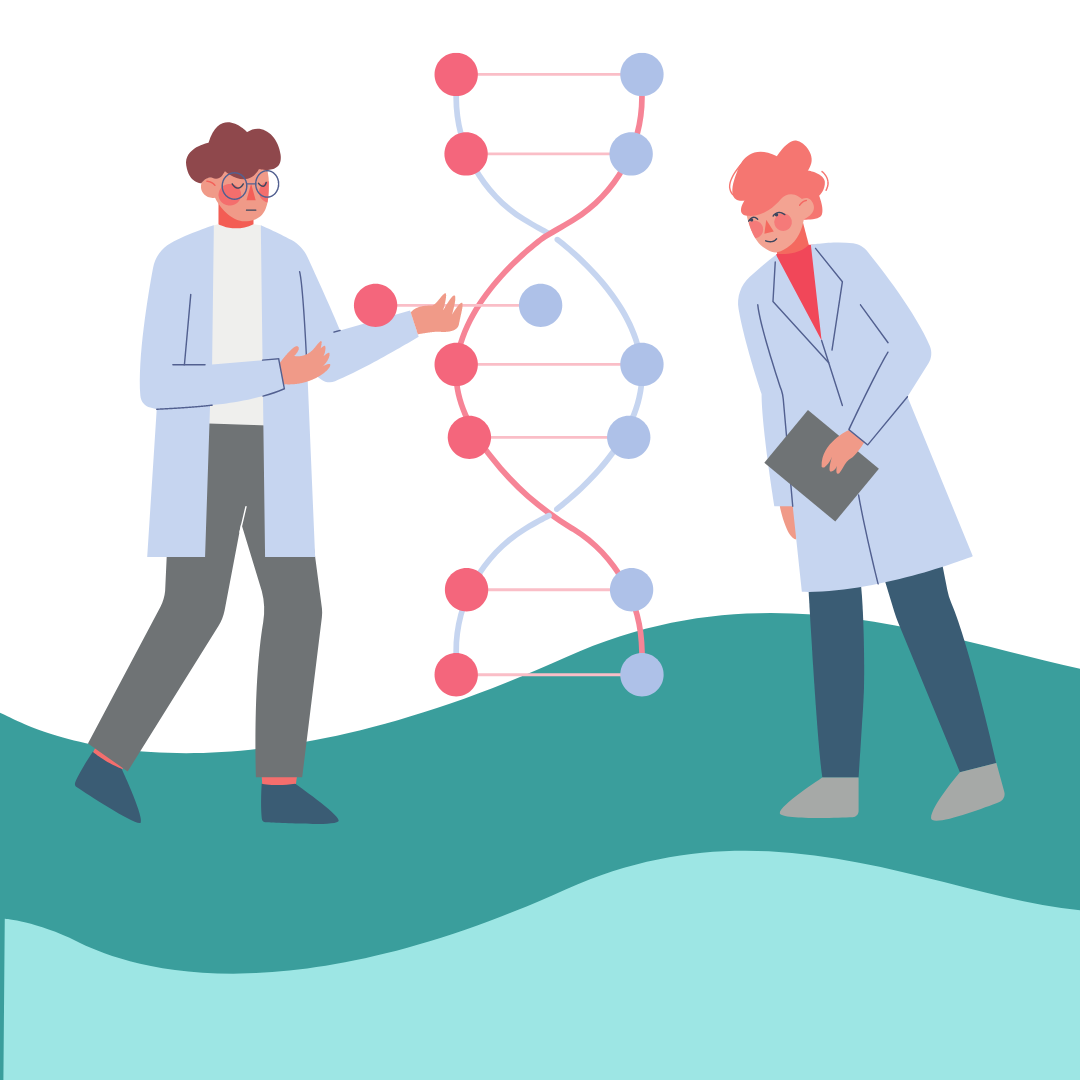Aggregated News

Challenges exist around heritable gene editing, its potential medical applications, ethical implications, and the need for regulatory mechanisms in the field. In March this year I spoke at the Third International Summit on Human Genome Editing, held in London, about “The Role of Civil Society and Culture in Fostering Public Engagement on the Ethics of Human Genome Editing.” In my presentation on public engagement in somatic, germline, and heritable human genome editing, I questioned who the “public or publics” were that we hoped to “engage” with.
The category of “the public” is intersectional, not homogenous, with differences and overlapping identities including race, caste, class, religion, gender identity, disability status, ethnicity, refugee or migratory status, and more. These identities, which are often ignored in the process of developing genome editing, take centre stage when we consider the implications of these technologies. Marginalisation is relevant in the domain of technological advancement, as marginalised communities are largely at the fringes of “public” engagement with genome editing.
This was evident during the summit. A session on genome editing strategies for sickle cell disease (SCD)...



